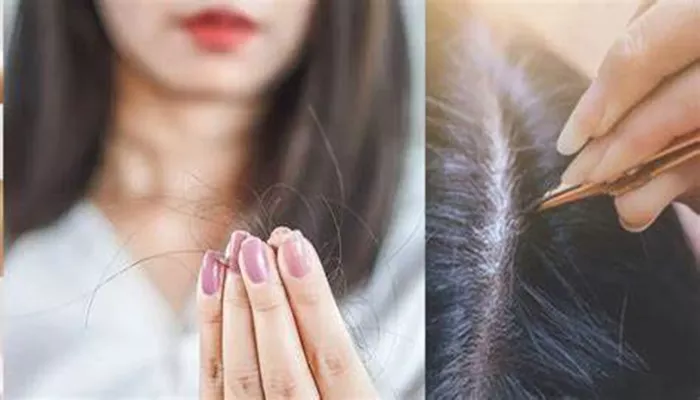As a hair restoration specialist, one of the most critical questions patients ask is: “How many hair grafts do I need?” The answer depends on multiple factors, from balding patterns to aesthetic goals. Below, we break down the science and strategy behind graft calculation for natural-looking results.
The Basics: Grafts vs. Hair Count
1 graft (follicular unit) = 1–4 hairs (average 2.2 hairs/graft).
Key Metric: Density goals are measured in grafts/cm², not total hair count.
- | Area | Target Grafts/cm² | Visual Effect |
- | Frontal Hairline | 35–45 | Natural, soft transition |
- | Mid-Scalp | 25–35 | Moderate coverage |
- | Crown | 20–30 | Camouflage thinning |
Critical Calculation Factors
Donor Hair Characteristics
Density: 60–100 FU/cm² in the occipital zone (varies by ethnicity).
Hair Caliber: Thicker hairs (e.g., >80 microns) require fewer grafts for visual coverage.
Recipient Site Planning
Hairline Design: Lower hairlines demand 15–20% more grafts for density.
Angulation: 30–45° implantation mimics natural growth, reducing “see-through” gaps.
Technique Impact
FUE: Preserves donor supply but limits single-session grafts to 3,500–4,000.
FUT: Allows 4,000–6,000 grafts in one session for extensive baldness.
Real-World Case Studies
Case 1: Norwood III Vertex
Goal: Restore frontal third and crown.
Grafts: 2,800 (1,600 frontal + 1,200 crown).
Result: 55 FU/cm² front, 28 FU/cm² crown.
Case 2: Norwood VI with Scarring
Grafts: 5,200 (4,000 scalp + 1,200 beard).
Result: 40% density restoration using combined FUE/BHT.
Avoiding Common Pitfalls
Overharvesting: Never exceed 30% of donor density (risk: <25 FU/cm² remaining).
Underestimating: Add 10–15% extra grafts for future loss compensation.
Miscalculating Curly Hair: Curly textures cover 20% more area per graft.
Future Trends
AI-Powered Graft Calculators: 98% accuracy in 3D scalp simulations (2024 trials).
Stem Cell-Derived Grafts: Lab-grown follicles may reduce donor dependency post-2030.
Conclusion
Modern hair transplantation requires meticulous graft planning—typically ranging from 1,000 to 6,000+ follicular units—tailored to individual anatomy and goals. As surgeons, our priority is balancing aesthetic aspirations with donor sustainability. Always remind patients: Quality of grafts trumps quantity, and a skilled surgical team can achieve natural density even with limited resources.
For precise estimates, combine trichoscopic analysis with AI modeling, and never overlook the psychological impact of realistic expectations.
Related topics:
Does Hair Follicle Transplant Hurt?
Is Follicular Unit Transplantation Worth It?
Can You Transplant Hair Follicles?


